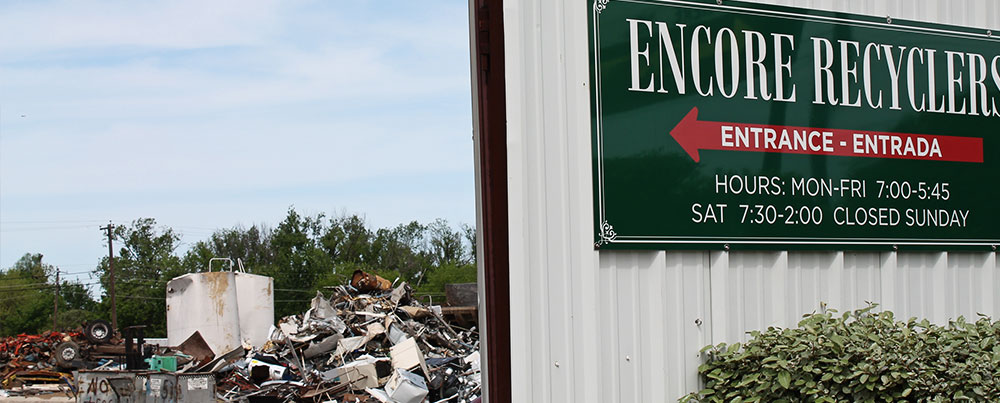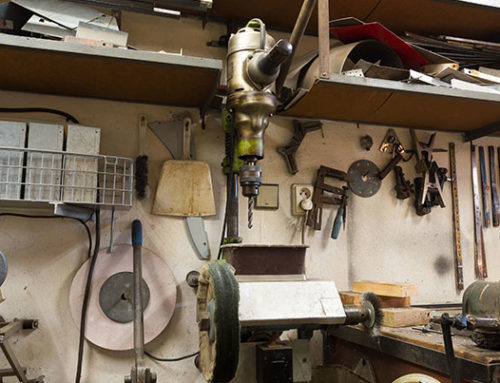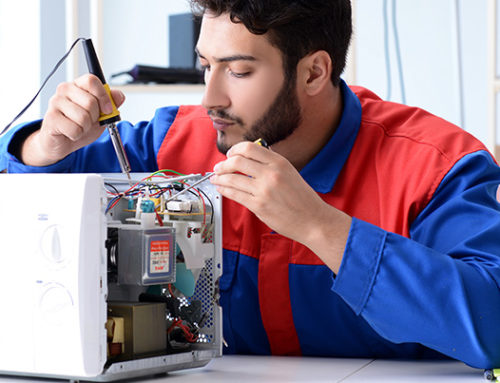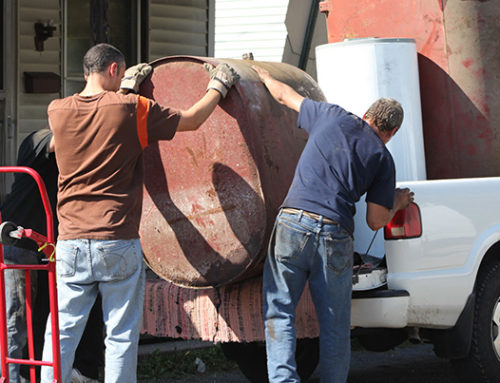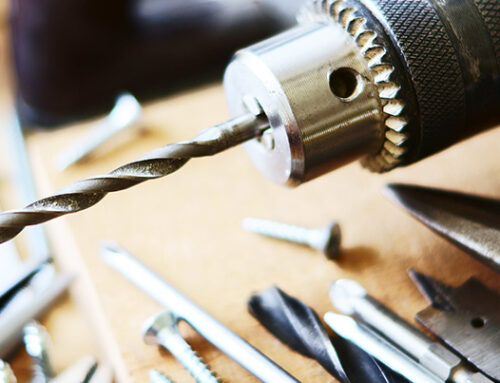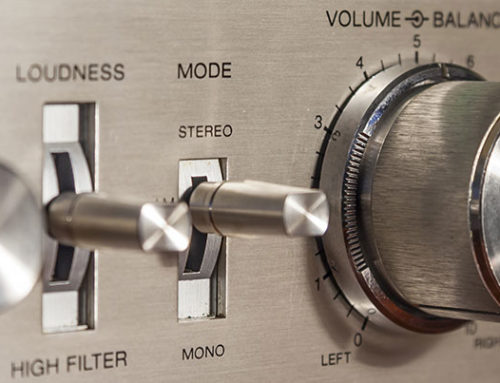Like any industry, the scrap metal business can be hard to understand for outsiders. However, even many frequent scrappers (and some who do it as a full-time job) don’t know exactly how recyclers price scrap metal.
The reason for this is simple: determining the value of a given piece of scrap metal is complicated. Furthermore, scrap yards are often taking a gamble when they purchase scrap—especially if that scrap is dirty or corroded, or if it is a material they do not immediately recognize.
Although there are perhaps hundreds of tiny factors that go into determining the price of a given load of scrap metal, the two major factors are these: the value of the scrap and the risk the scrap yard is taking. A higher material value and lower risk mean more money for you.
Determining Value and Risk
Value and risk are never absolutes in the scrap business. The price of a given metal can always change, and problems can always develop at any point in the scrapping supply chain. However, with a little knowledge and hard work, it’s easy to determine the value of a given piece of metal and help offset some of the scrap yard’s risk.
You can always look up the spot price for a given metal on the day you plan to take your materials to the scrap yard. However, always remember that the spot price is not the price the scrap yard will give you.
The spot price is a price for a pure metal that has already been melted down and processed—meaning that the scrap yard (and other businesses along the scrap metal supply chain) have to invest quite a lot of time and money to even get this price themselves. On top of that, they need to turn a profit to stay in business—and the spot price can always change before the metal is ready for resale.
The biggest way for you to help mitigate a scrap yard’s risk is to clean and sort your metals. This allows the scrap yard to identify your metals much faster, and means that they do not have to invest further time and money into cleaning and sorting your metal for you. Cleaning and sorting is the best way to get the most for your scrap metal.
How to Use This Knowledge to Obtain the Best Price
The more you know about your scrap, the better prepared you will be when it comes time to sell that scrap. When you combine this knowledge with experience finding scrap and dealing with your favorite scrap yard, you will gradually learn when and how to sell your scrap for the most money.
The simplest way to utilize this knowledge is to hold onto your scrap when the spot price is low, and sell when the spot price is up. However, there’s so much more you can do: fully cleaning your metals, learning about the various types of common metals like copper and steel, and studying economic patterns that help determine spot price will make you a much more successful scrapper.

